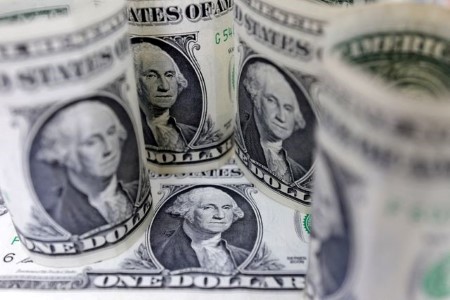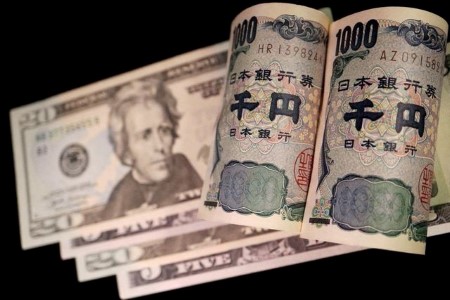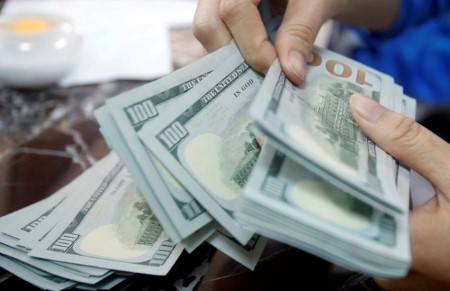NEW YORK, March 25 – Treasury yields were higher on Monday after the auction of USD 66 billion in two-year notes as the market warms to the Federal Reserve’s signaling of three interest rate cuts this year, along with other major central banks easing monetary policy too.
The Swiss National Bank last week cut rates, the first major central bank to do so in a sign policy would be loosened as global growth slows. The Bank of England also signaled a dovish tilt, and the European Central Bank is expected to cut in June.
“The Fed, the ECB, and the Bank of England, they’re probably all going to be cutting rates around mid-year,” said Tom di Galoma, managing director and co-head of rates trading at BTIG, who expects three cuts by the Fed this year.
“Very rarely do you see a central bank go one time. They usually have in their mind that they going to cut more than once,” he said.
Chicago Federal Reserve Bank President Austan Goolsbee said on Monday that at the US central bank’s policy meeting last week he penciled in three rate cuts for this year.
The Fed kept its benchmark overnight lending rate in a range of 5.25%-5.5% at the meeting, while the median estimate for rate reductions that policymakers projected for the year was three.
The two-year Treasury yield, which typically moves in step with interest rate expectations, rose 3.2 basis points to 4.632%, while the yield on benchmark 10-year notes was up 3.7 basis points at 4.255%.
Fed Chair Jerome Powell “effectively dismissed the above-trend inflation prints early in 2024, which just reinforced our June cut call,” said Vail Hartman, US rates strategist at BMO Capital Markets in New York.
BMO also sees cuts in September and December and believes the market is increasingly coming on board with that view after last week’s policy-setting meeting, though inflation data in the months ahead poses a risk, Hartman said.
“Obviously what happens in March, April and May will weigh heavily in the rate cut debate,” he said. “Right now we are firmly in range trading mode.”
The high yield at the Treasury’s auction of two-year notes was 4.595%, and was awarded to 49.2% of bidders. The low yield was 4.470%, but successful bidders only pay the lowest accepted bid price, rather than the price they bid in a Dutch auction.
The market now expects the Fed to cut 80 basis points by December, more than early last week, but about half what Fed funds futures showed earlier this year after Fed policymakers pushed back on the notion of imminent rate cuts.
The Treasury plans to auction USD 67 billion in five-year notes on Tuesday, and USD 43 billion of seven-year notes on Wednesday.
The bond market will close early at 2 p.m. on Thursday for the Easter holiday.
The gap between yields on two- and 10-year Treasury notes, seen as a recession harbinger when short-term securities yield more than longer ones, was at -37.9 basis points. The gap has been negative, or “inverted,” since July 2022.
The yield on the 30-year Treasury bond was up 3.2 basis points to 4.424%.
The breakeven rate on five-year US Treasury Inflation-Protected Securities (TIPS) was last at 2.475%.
The 10-year TIPS breakeven rate was last at 2.341%, indicating the market sees inflation averaging about 2.3% a year for the next decade.
(Reporting by Herbert Lash; Editing by Andrea Ricci and Ros Russell)







 DOWNLOAD
DOWNLOAD










